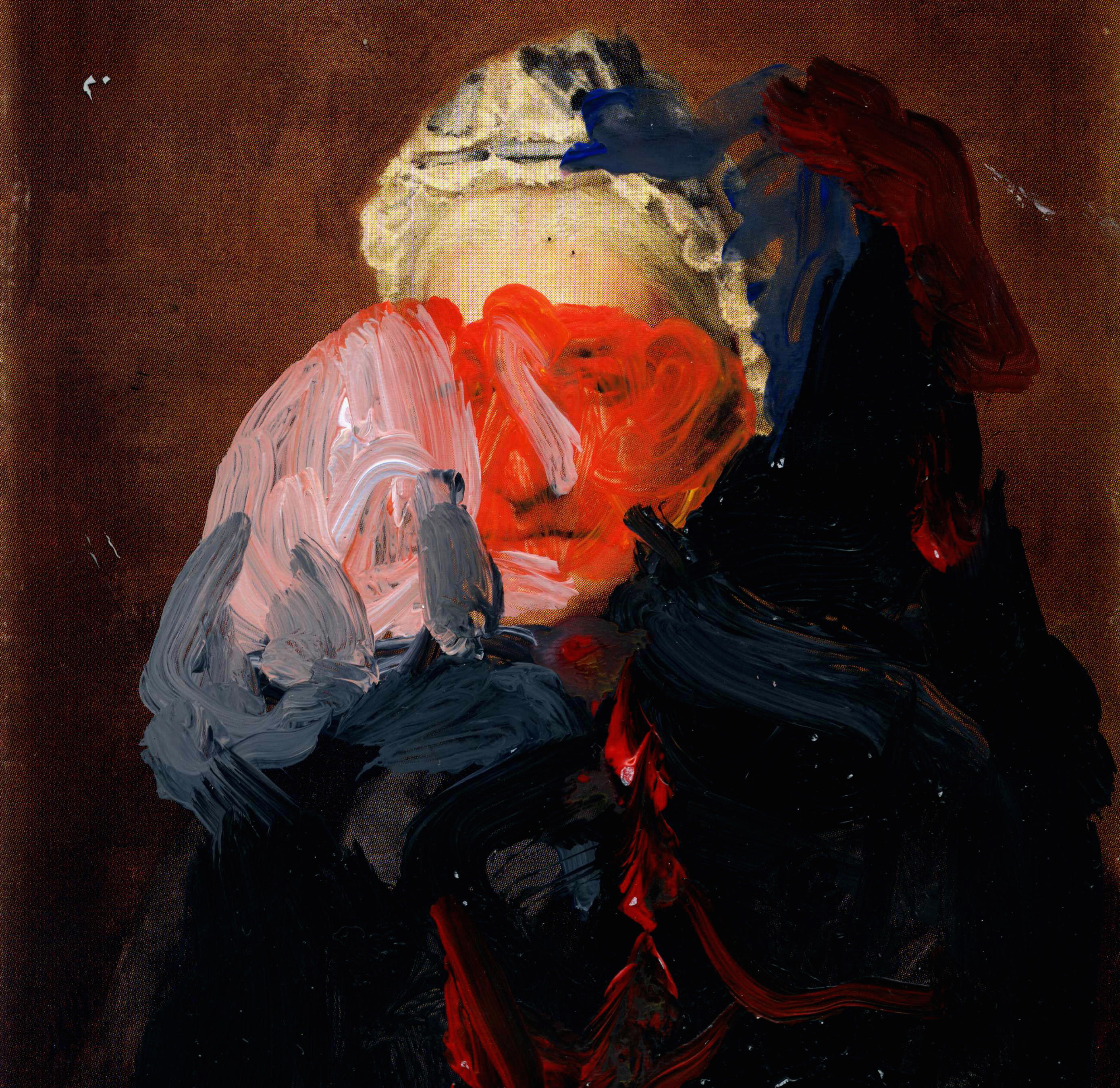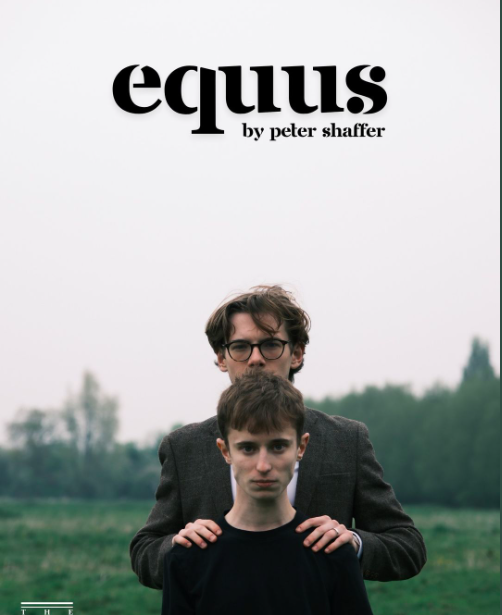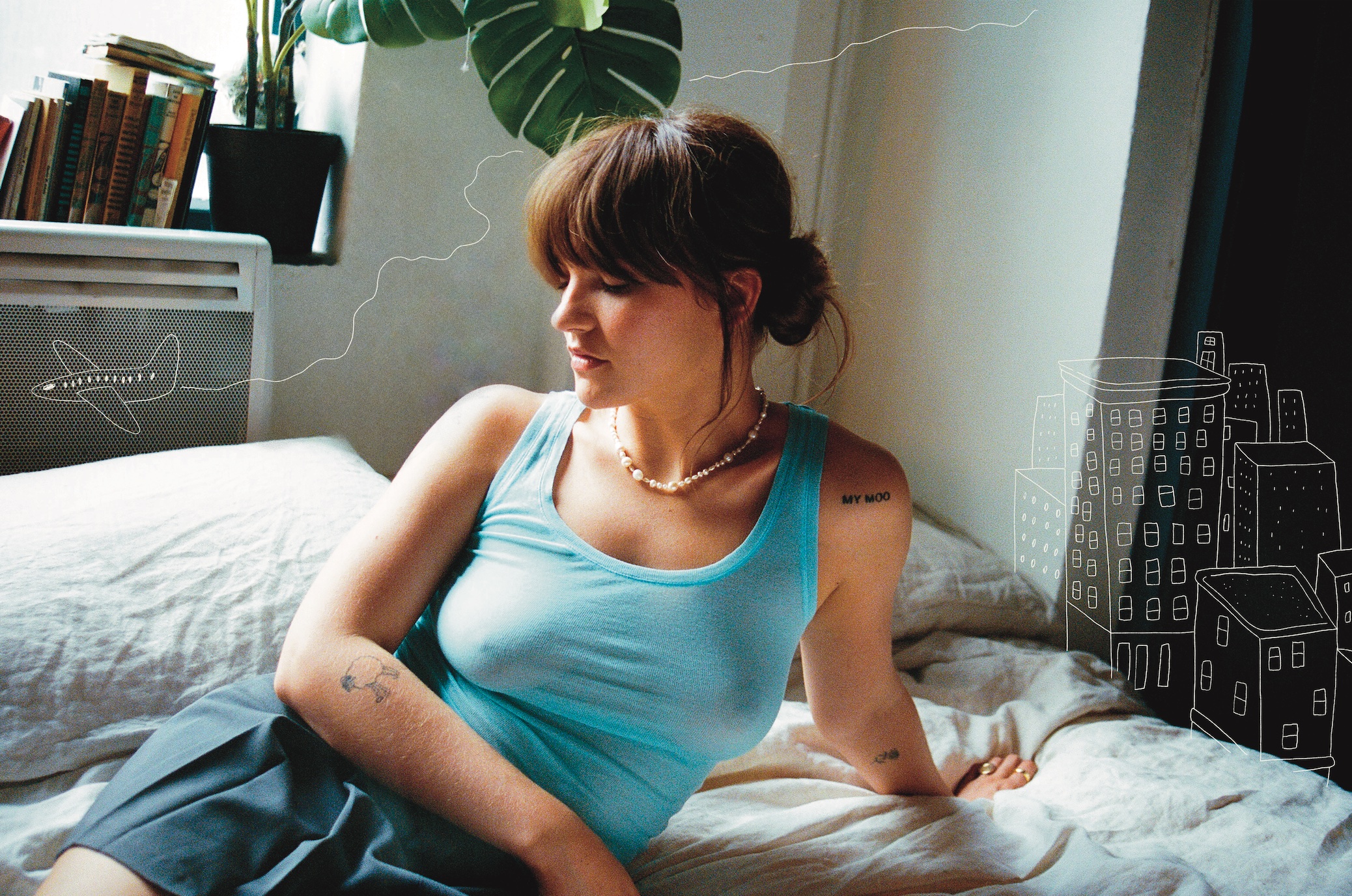
The Third Culture: Artistic science and scientific art
In the 1920s, the physicist Neils Bohr was redefining the atom. The classical model depicted the atom’s inner space as a nanoscale solar system, with electrons orbiting the nucleus. Yet this metaphor could not explain all the data. Puzzled by his results, Bohr found inspiration in an unlikely place – cubism. Cubism removed the certainty, solidity and constancy of matter. An artist presents a scene from many viewpoints at the same time, but the observer glimpses each individually. In quantum theory, an electron can be a particle and a wave at the same time, but will always be measured as one or the other. Bohr saw that the inner space of his atom was, in some senses, a cubist one. As he put it, “When it comes to atoms, language can be used only as in poetry. The poet, too, is not nearly so concerned with describing facts as with creating images.” His insight was both scientific and artistic, and perhaps drawn from a deeper union of the two.
Bohr was exceptional. Since then, science and art have drifted apart. Half a century ago the chemist and novelist C.P. Snow coined the phrase “the two cultures” to describe the schism between the two branches of academia. In his eyes, the scientists had “the future in their bones” and were morally “the soundest group of intellectuals we have”, whereas “the traditional culture responds by wishing the future did not exist.” F.R. Leavis, a fellow scholar at Cambridge, reacted by calling Snow “as intellectually undistinguished as it is possible to be”, leaving the matter even more entrenched than before.
More recently, John Brockman has heralded the rise of a “third culture” of neuroscientists and psychologists. They, he argues, are “rendering visible the deeper meanings in our lives” and will “shape the thoughts of a generation”. Neuroscience has certainly made great progress in characterising the neurons that make up our brain, the synapses that connect them, and the patterns of activity that correlate with behaviour and emotion. Yet how this translates into conscious experience remains a mystery. Art is becoming an increasingly popular platform to explore this unknown. Rachel Stratton, one of the founders of the collective AXNS (Art x Neuroscience), observes that “neuroscience is entering the popular sphere in the same way that Freud did… so little is known about neuroscience, that there is so much scope for imagination.”
AXNS is made up of graduate students from areas of neuroscience and art history. The catalogue for their first exhibition, Affecting Perception, is headed by a quote from Albert Einstein: “All religions, arts and sciences are branches of the same tree.” Like Bohr, Einstein saw beyond the traditional dichotomy of art and science. Affecting Perception was held in Oxford and included work from 12 artists with a variety of neurological disorders. Each artist’s work was paired with a description of the neuropsychiatric context. The resonance between them showed ways in which art and science can enrich one another.
Some artists are actively engaging the neurological aspect of their work – drawing on their hallucinations, for example. But for others, such as William Utermohlen, knowledge of their disorder can frame how we interpret their art. Utermohlen studied at the Ruskin and was diagnosed with Alzheimer’s disease in 1995; he continued producing art until 2000. Neurodegeneration places emphasis on time and identity. His self-portraits are harrowing: they chart his cognitive decline, but show his feeling remained intact. He painted the 1997 self-portrait on the day he agreed to donate his brain to science. A saw encroaches from right; the face spells dumb horror at the loss of comprehension; the slackening lower lip is child-like. The brushstrokes in his 1998 self-portrait are frustrated and coarse. A red slash separates head and body, suggesting the severance of body and mind. Through time, his eyes lose focus and understanding, but there is a lucid, subjective communication through his art. For us, it is a window into his mind, but it was also a mirror for Utermohlen himself, to try and grasp what was happening to him.
Such art may help the viewer empathise, but it can also indicate the workings of the mind behind it, just as a piano’s sound reveals its tuning. The autistic artist George Widener finds comfort in numbers. There is a theory of autism that suggests that neural hyper-functioning renders their perception painfully intense, and that this leads them to develop a limited but highly secure internal world. Widener’s art seems to support this theory: it shows a mind finding peace in symmetry, determinism and repetition. He can calculate the day of the week for any given date over hundreds of years. In doing so he finds patterns in history; he notes, for example, that disasters tend to happen on Fridays. He also looks forward: he extrapolates to form fantasy future calendars, finding mathematical rhythms that reflect and balance each other out through time. He glues hundreds of napkins together, like a quilt, and paints on them. It is intricate, and quite hypnotic. Kipling cake colour-schemes frame tremendously detailed cityscapes that seem to flit between solid structures and rolling codes. Super-imposed, there are slot-machine numbers, hinting at some kind of cosmic game behind the patterns. Widener seems to believe the future is already written, waiting to be discovered in the numbers. Palindromes – numbers that are the same backwards and forwards – are a favourite of his. On 20 February 2002 at 8.02pm, he commemorated the moment by holding his breath for 20.02 seconds – “I was in touch with it.” His piece Megalopolis 2112 is dedicated to the next palindrome to come.
Perhaps at the heart of “the two cultures” is the question of creativity. Feeling and imagination are seen as the domain of the arts; science is objective and functional. Creativity, for some, is sacrosanct, an expression of our sentient selves that is apart from the material world and its physical laws. Jason Padgett’s condition refutes this distinction. He was a self-described jock with little formal education until he was concussed in a mugging. He woke up with conceptual synaesthesia. Now he perceives graphic representations of geometrical structures and formulae embedded in everything around him. In spite of having no mathematical qualifications, he sees what others know. This may be illuminating the mechanisms behind perception, as if the curtain has snagged and he now glimpses backstage. Aspects of our surroundings – colour, motion, form – are processed in separate neural streams before being melded together again into our seamless visual perception. Light becomes sight, imbued with meaning. Perhaps Padgett’s melding is now imperfect – he sees the stitches. His art is painstaking: a discrepancy of a fraction of a millimetre can spoil it, in his eyes. A single piece can take many months, and the results are inhumanly perfect.
The reductionist paradigm of neuroscience – breaking the whole down into parts we can control and analyse – has taught us much about the brain. But, in some ways, it falls short. Conscious experience is beyond the range of reductionism, falling into the domain of the artist. Paintings like those by Utermohlen, Widener and Padgett capture a layer of reality that 20th-century science ignored. By studying these artistic explorations, neuroscientists might better understand the holistic properties of the mind. They could look to Widener’s art for a theory of autism. Utermohlen’s portraits might help them understand the mental landscape of neurodegeneration, better equipping them to provide therapy. Correlating Padgett’s brain damage with the nature of his art may shed light on the processes that generate perception. Perhaps more enticingly, it also raises the possibility of being able to artificially induce savant syndrome and access such abilities – in any of us.
Science and art are re-entering each other’s orbits. “The two cultures” are being bridged, through the third. For now, although feeding each other ideas and insights, they remain distinct. We are seeing science-influenced art and art-influenced science, but could they be combined to reflect a new aesthetic – a true fusion of art and science? In one room of the Affecting Perception exhibition an electroencephalogram recorded a spectator’s brain activity, converting and playing it through a bowl-like speaker that held a thick, milky liquid. Still, at first, it seized into life, spasmodic and alien. This was consciousness, transmuted: a perfect expression of the third culture.
Image by Joseba Eskubi







